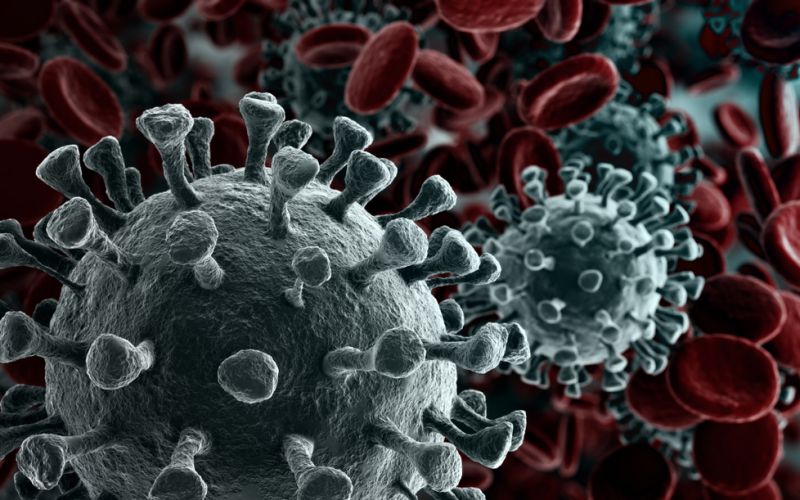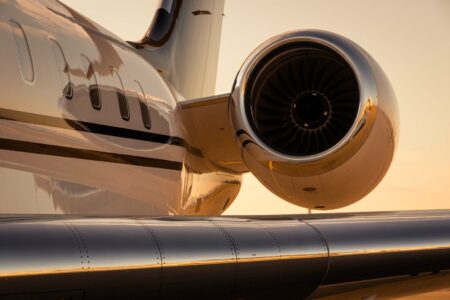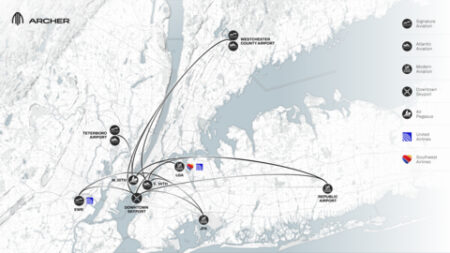The European Union Aviation Safety Agency has published health and safety guidelines for airport and aircraft operators as normal operations resume following Covid-19.
The document, which was produced in partnership with the European Centre for Disease Prevention and Control (ECDC) emphasizes that personnel and travellers need to observe physical distancing wherever possible, wear medical face masks and practice frequent hand hygiene. At the same time, it advises that air passengers and general population should be assured that filtered air on airplanes is safer and cleaner than the air many people breathe on the ground.
The document, which can be found here, provides best practice on how airport operators and aircraft operators can conduct both commercial and non-commercial passenger transport operations while ensuring the health and safety of passengers, staff and crew who serve them.
Adina Valean, European Commissioner for Transport said, “Passengers have to have confidence that taking to the skies again in a confined space with other people poses the minimum possible risk to their health.
“We relied on our specialists from EASA and ECDC to define a set of concrete measures for the safe resumption of air travel within the EU. The protocol released today will reassure passengers that it is safe for them to fly and so help the industry recover from the effects of this pandemic.”
The guidance examines each phase of a passenger journey and specifies the actions that need to be taken or measures put in place in six travel segments: before arrival at the airport, in the terminal, when boarding, in flight, in transit and on arrival at the final destination. A separate section focusses on the safety of flight crew members.
“The assurance of health safety is a critical factor for the resumption of commercial air travel,” said EASA executive director Patrick Ky. “This protocol is the blueprint for safe air travel, from the moment of arrival at the departure airport right through to leaving the airport at the destination.
“This is the start, rather than the end, of a process to make air travel as safe as possible from the health perspective, in addition to the technical safety which has until now been the main focus of EASA. The next task is for airlines and airport operators to adapt the guidelines to their individual facilities and operations. EASA and ECDC will continue to offer their expertise in this crucial phase.”
The European Union Aviation Safety Agency (EASA) and ECDC were asked by the European Commission to draw up the guidelines following the outbreak of Covid-19 in Europe.
The document recommends that aircraft and airport operators make “significant changes” to their processes. The document states: “Aeroplane operators and airport operators should cooperate to ensure physical distancing is respected wherever feasible, especially during check-in, security check, pre-boarding and boarding. When the recommended physical distancing of 1.5m is not possible, due to infrastructure or operational constraints, aeroplane operators and airport operators should implement the additional risk mitigation measures such as hand hygiene, respiratory etiquette, additional transport, etc.”
On the aircraft, the guidelines offer some flexibility due to the constrained space, but are clear that wherever possible passengers should be physically distanced: “In addition to the other health and hygiene measures that must be observed at all times, where allowed by the passenger load, cabin configuration and mass and balance requirements, aeroplane operators should ensure, to the extent possible, physical distancing among passengers.”
EASA said that the recommendations will be regularly evaluated and updated in line with changes in knowledge of the risk of transmission as well as with development of other diagnostic or preventive measures, including technological and the evolution of the pandemic.





